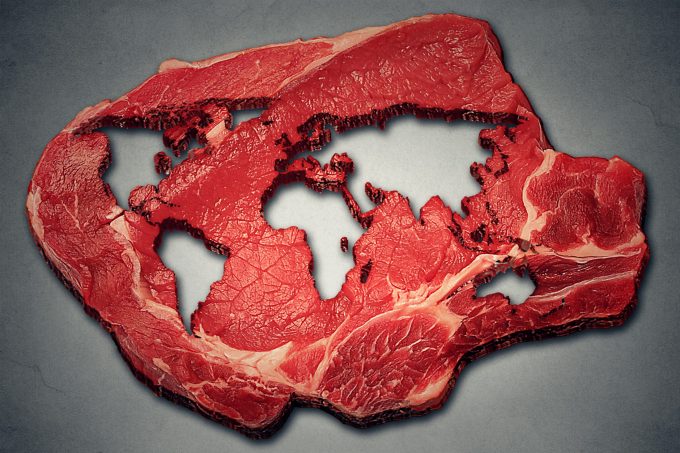Semiconductors could compensate for air freight's lost ecommerce traffic
The future of ecommerce by air may be in doubt – but the semiconductor industry, ...

US meat exports are in low gear, affected by bans in the largest market, slowing demand and rising competition from Brazil.
In May, US beef exports were down 0.2% from April and 2.9% year on year, while port exports slumped 10.9% from April to end up 5.7% lower than a year ago.
Still, pork exports were up 6% in the first five months, whereas beef export tonnage dropped 4.9%.
“The market is relatively soft at this point,” said Jean-Paul Weber, SVP sales at ...
Trump tariffs see hundreds of cancelled container bookings a day from Asia
Macron calls for ‘suspension’ – CMA CGM's $20bn US investment in doubt
De minimis exemption on shipments from China to the US will end in May
Forwarders stay cool as US 'liberation day' tariffs threaten 'global trade war'
Mixed response in US to 'Liberation Day', while China leads wave of retaliation
Tariffs and de minimis set air freight rates on a volatile course
Overcapacity looms for ocean trades – with more blanked sailings inevitable
'To ship or not to ship', the question for US importers amid tariff uncertainty

Comment on this article